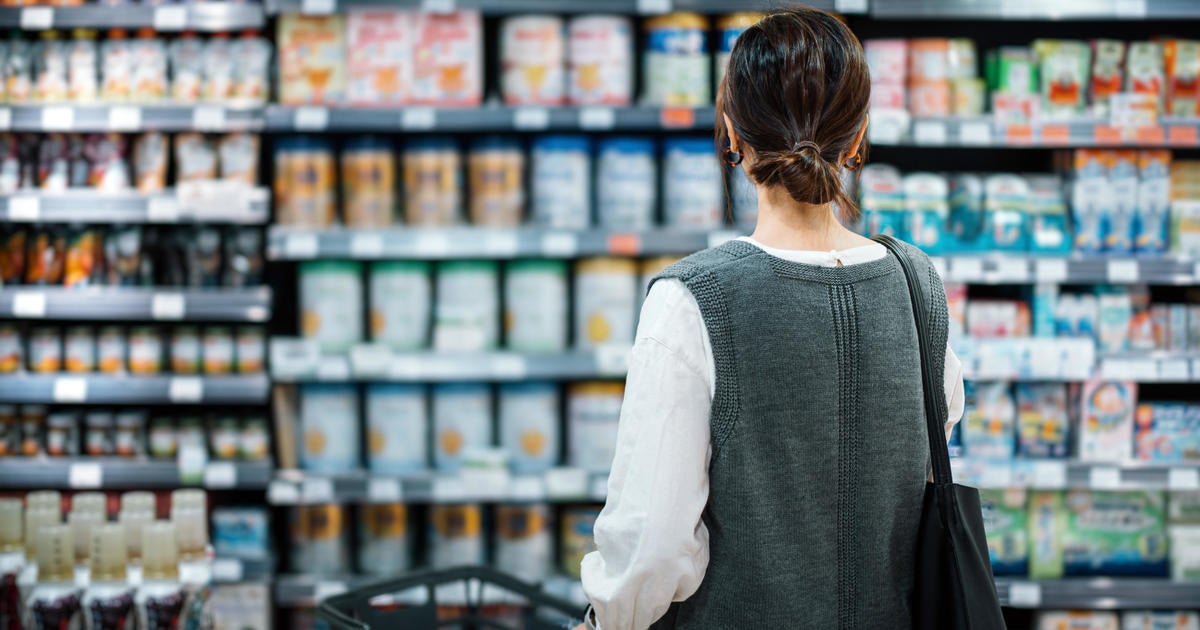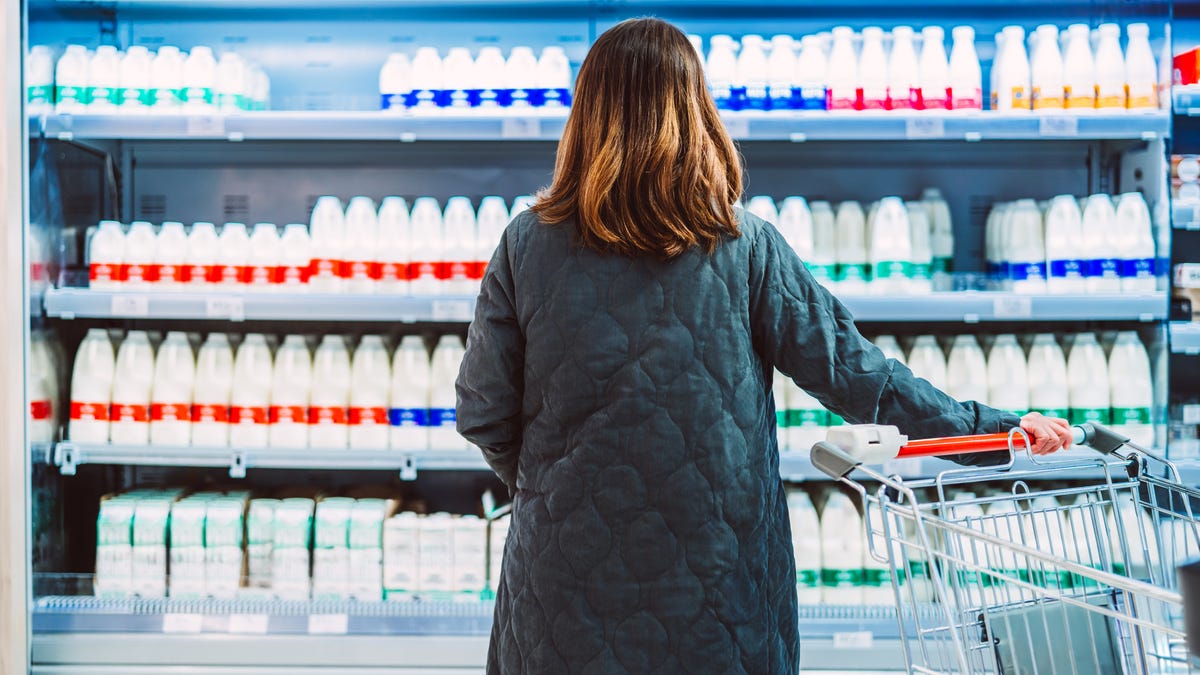U.S. Economy Surges: What’s Fueling the 2.3% Growth in Consumer Spending?
The latest reports reveal a remarkable surge in the U.S. economy, showcasing a 2.3% growth largely attributed to an increase in consumer spending. This uptick in economic activity offers a glimpse into the resilience and adaptability of the American consumer in the face of various challenges. In this article, we will explore the key factors that are driving this growth and what it signifies for the future of the economy.
Understanding the 2.3% Growth in Consumer Spending
Consumer spending is often viewed as a barometer of economic health since it constitutes a significant portion of the U.S. GDP. As of the latest data released by the Bureau of Economic Analysis, the 2.3% growth in consumer spending reflects an increase in expenditures across various sectors. This growth can be attributed to several interrelated factors:
- Robust Employment Rates: The U.S. job market has seen substantial improvements, with unemployment rates hovering at historical lows. More people are employed, leading to increased disposable income and, consequently, higher spending.
- Wage Growth: Wages have been on the rise, particularly in sectors like technology and healthcare. This wage growth empowers consumers to spend more on both necessities and discretionary items.
- Inflation Stabilization: After a period of rising inflation, recent trends show signs of stabilization. When consumers feel confident that prices are not spiraling out of control, they are more likely to engage in spending.
- Consumer Confidence: Surveys indicate that consumer confidence is at an all-time high. When individuals feel secure about their financial future, they are more prone to make purchases, from big-ticket items to everyday essentials.
Sector-Specific Insights Driving Growth
While the overall consumer spending figures are impressive, it is essential to analyze which sectors are contributing most significantly to this growth. Different industries have experienced varied levels of demand, reflecting changes in consumer behavior.
Retail Sector Boom
Retail sales have seen a notable spike, particularly in e-commerce and home improvement sectors. The pandemic has shifted purchasing patterns, leading consumers to invest more in their living spaces. According to the National Retail Federation, online sales have surged by over 30% compared to pre-pandemic levels, highlighting a shift in consumer shopping preferences.
Travel and Leisure Recovery
As restrictions have eased, the travel and leisure industry has experienced a resurgence. Consumers are eager to spend on experiences, with a 15% increase in travel-related expenditures noted in the latest reports. This rebound not only stimulates the economy but also fosters job creation in the hospitality and travel sectors.
Health and Wellness Spending
The pandemic has heightened awareness around health and wellness, leading to increased spending in this area. Consumers are prioritizing mental health services, fitness memberships, and wellness products, contributing to a growing market around health consciousness.
Government Stimulus and Economic Policies
Government interventions have played a crucial role in facilitating consumer spending growth. Stimulus packages, including direct payments to citizens and enhanced unemployment benefits, have provided the financial support necessary for many households to maintain and even increase their spending levels. These measures have been instrumental in keeping the economy afloat during turbulent times.
Insights from Economic Experts
Economic analysts emphasize that while the current growth in consumer spending is encouraging, it is essential to consider potential challenges ahead. Factors such as geopolitical tensions, supply chain disruptions, and changing monetary policies may impact future spending patterns. For instance, interest rate hikes by the Federal Reserve could lead to increased borrowing costs, potentially curtailing consumer expenditures.
Moreover, experts suggest that businesses must adapt to evolving consumer preferences to sustain growth. Understanding the shift toward online shopping and enhancing customer experience will be vital for retailers aiming to capitalize on current trends.
What Does This Mean for the Future?
The 2.3% growth in consumer spending is a beacon of hope for the U.S. economy, signaling resilience and a potential path to recovery. However, stakeholders must remain vigilant and adaptive to the ever-changing economic landscape. Here are some key takeaways regarding future implications:
- Continued Focus on Consumer Behavior: Understanding consumer trends will be critical for businesses. Companies that invest in market research to gauge evolving preferences will likely thrive.
- Investment in Technology: As e-commerce continues to dominate, businesses must enhance their online platforms and logistics to meet consumer demands effectively.
- Sustainable Practices: Consumers are increasingly valuing sustainability. Companies that prioritize environmentally friendly practices may gain a competitive edge.
- Policy Awareness: Consumers should stay informed about government policies that could impact their spending power, such as tax changes or interest rate adjustments.
Conclusion
The surge in the U.S. economy, marked by a 2.3% growth in consumer spending, reflects a dynamic interplay of various factors, including employment trends, wage growth, and shifting consumer preferences. While the current indicators are positive, it is crucial to remain aware of potential hurdles ahead. By understanding these dynamics, consumers, businesses, and policymakers can work together to sustain this momentum and ensure long-term economic stability.
In summary, the resilience displayed by American consumers not only showcases their adaptability but also serves as a foundation for future growth. As we move forward, the focus on innovation, sustainability, and consumer-centric practices will undoubtedly shape the landscape of the U.S. economy.
See more CCTV News Daily



